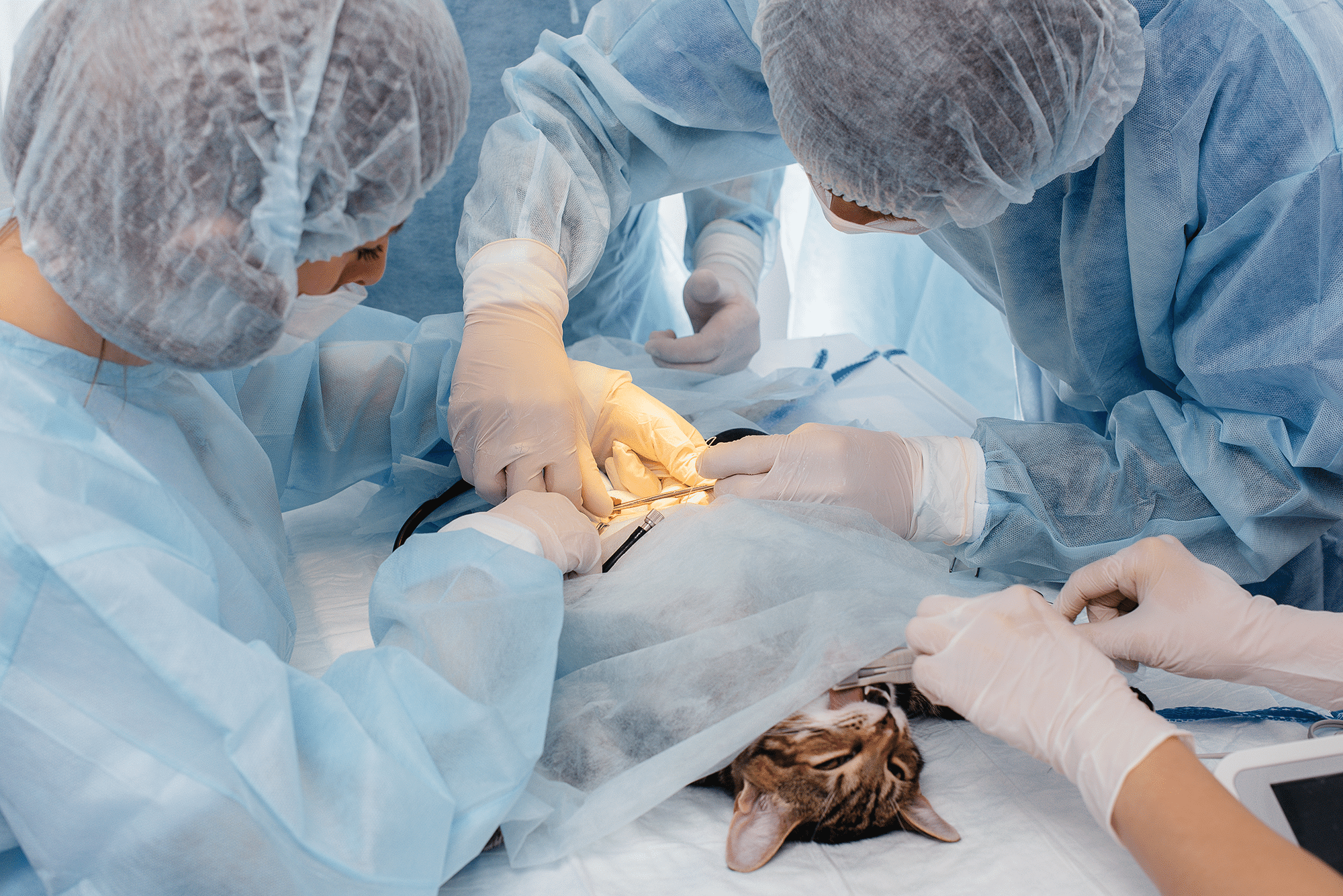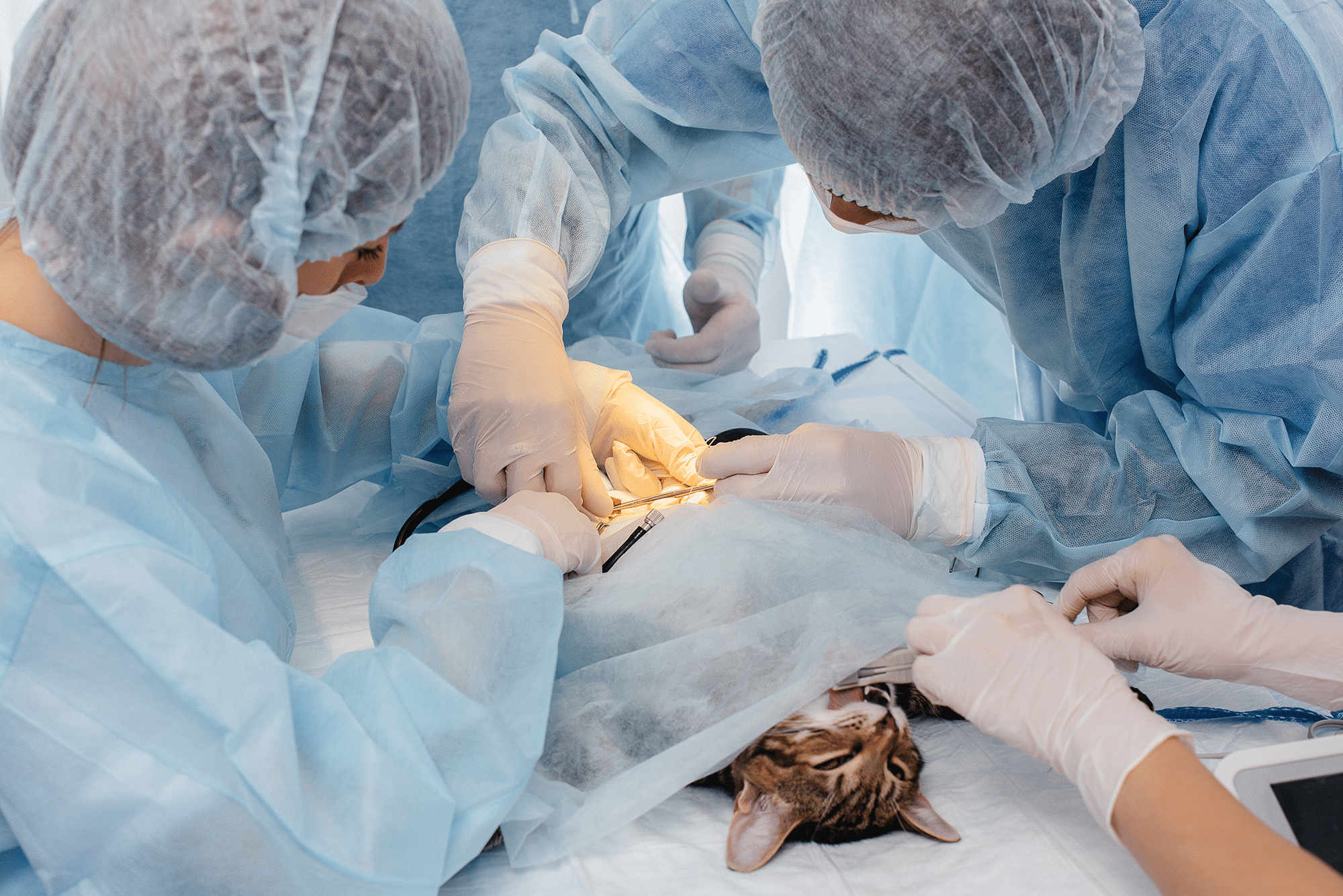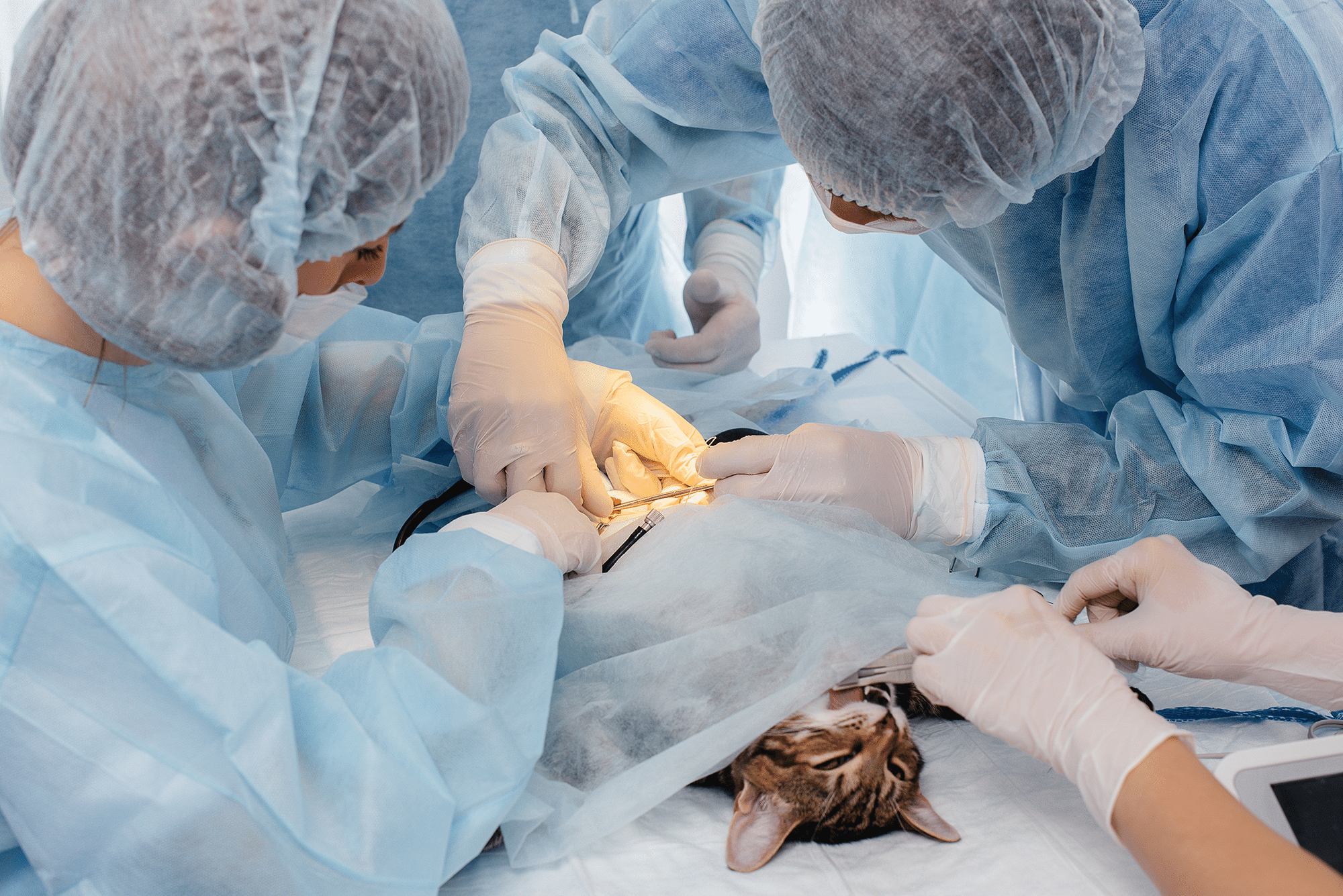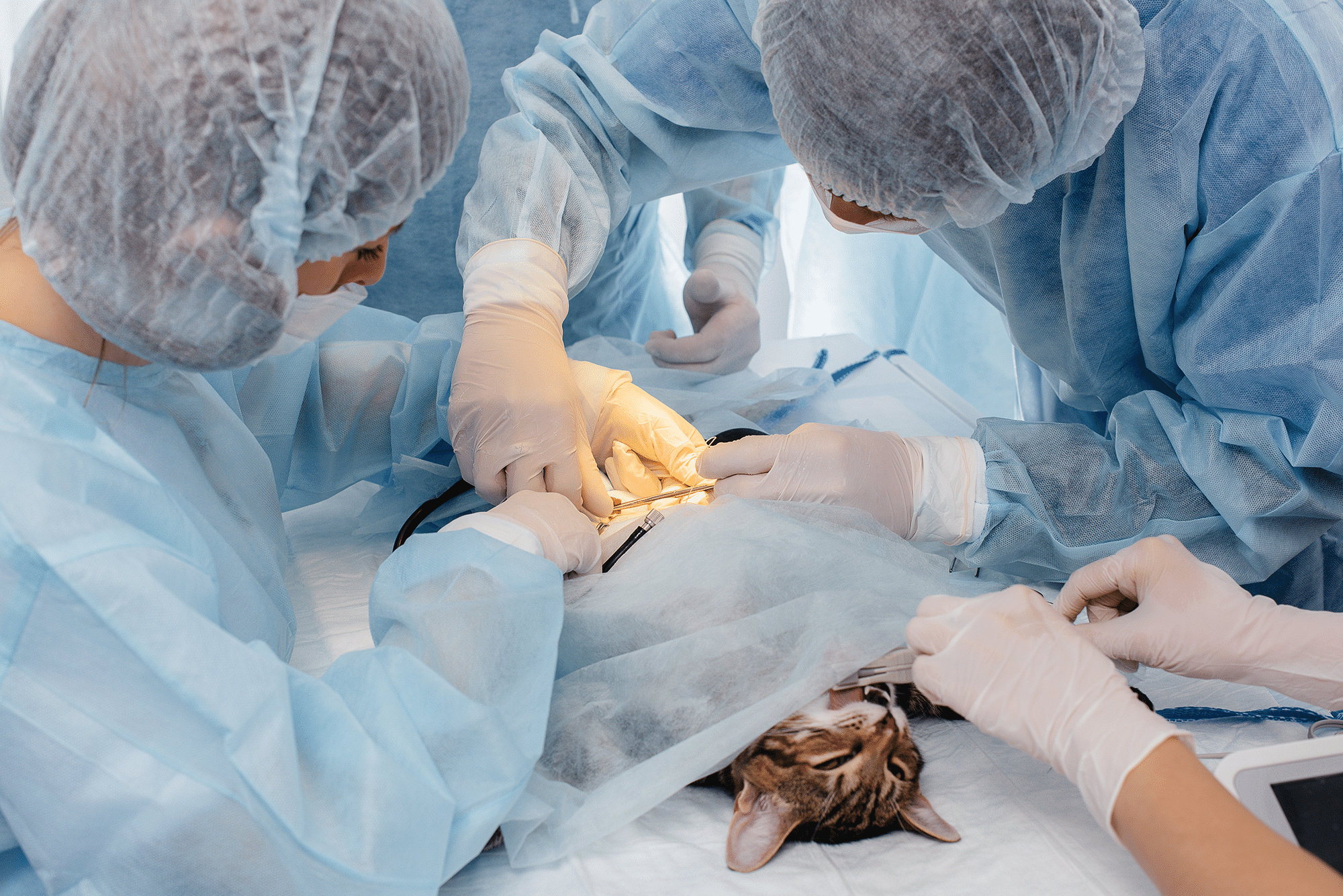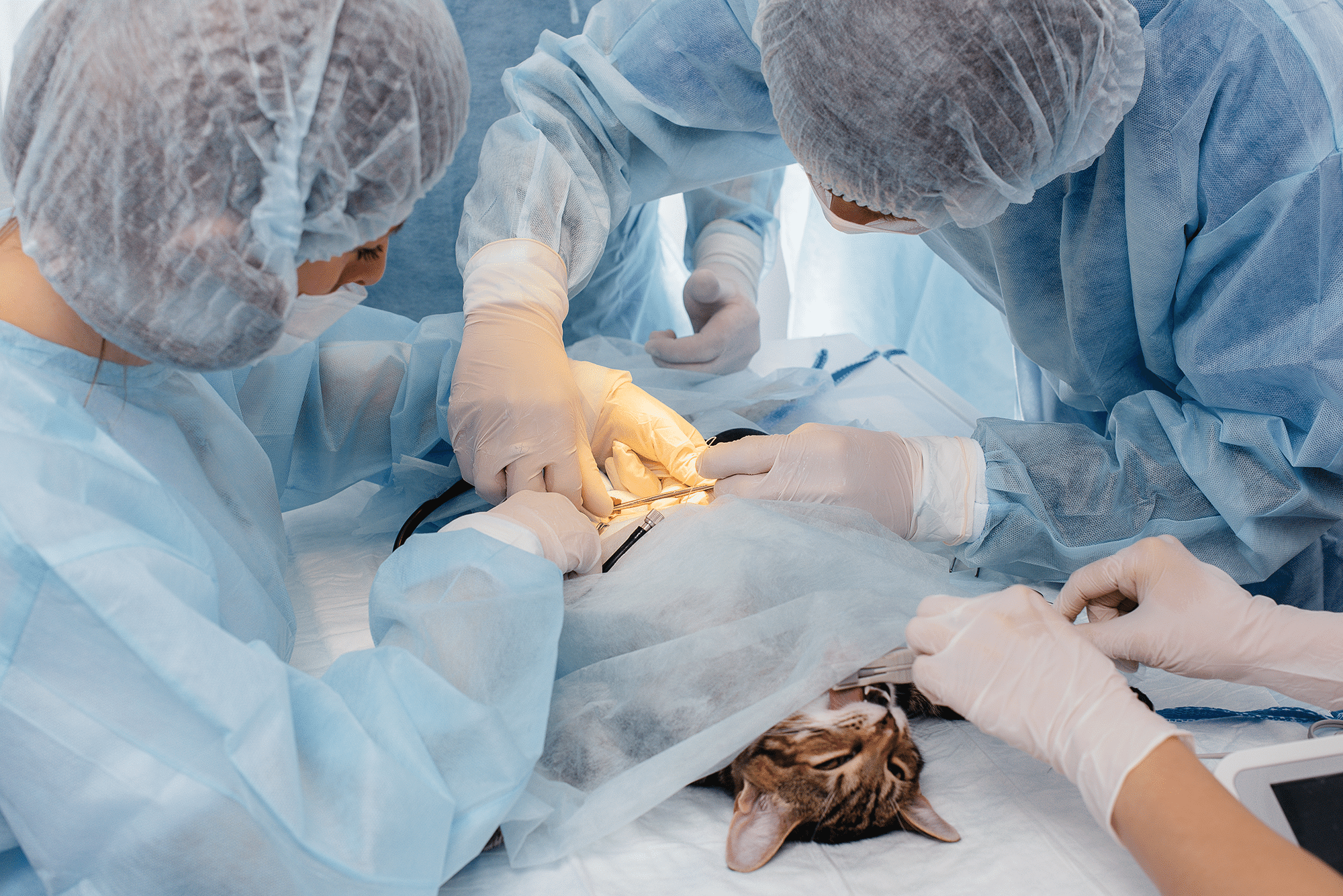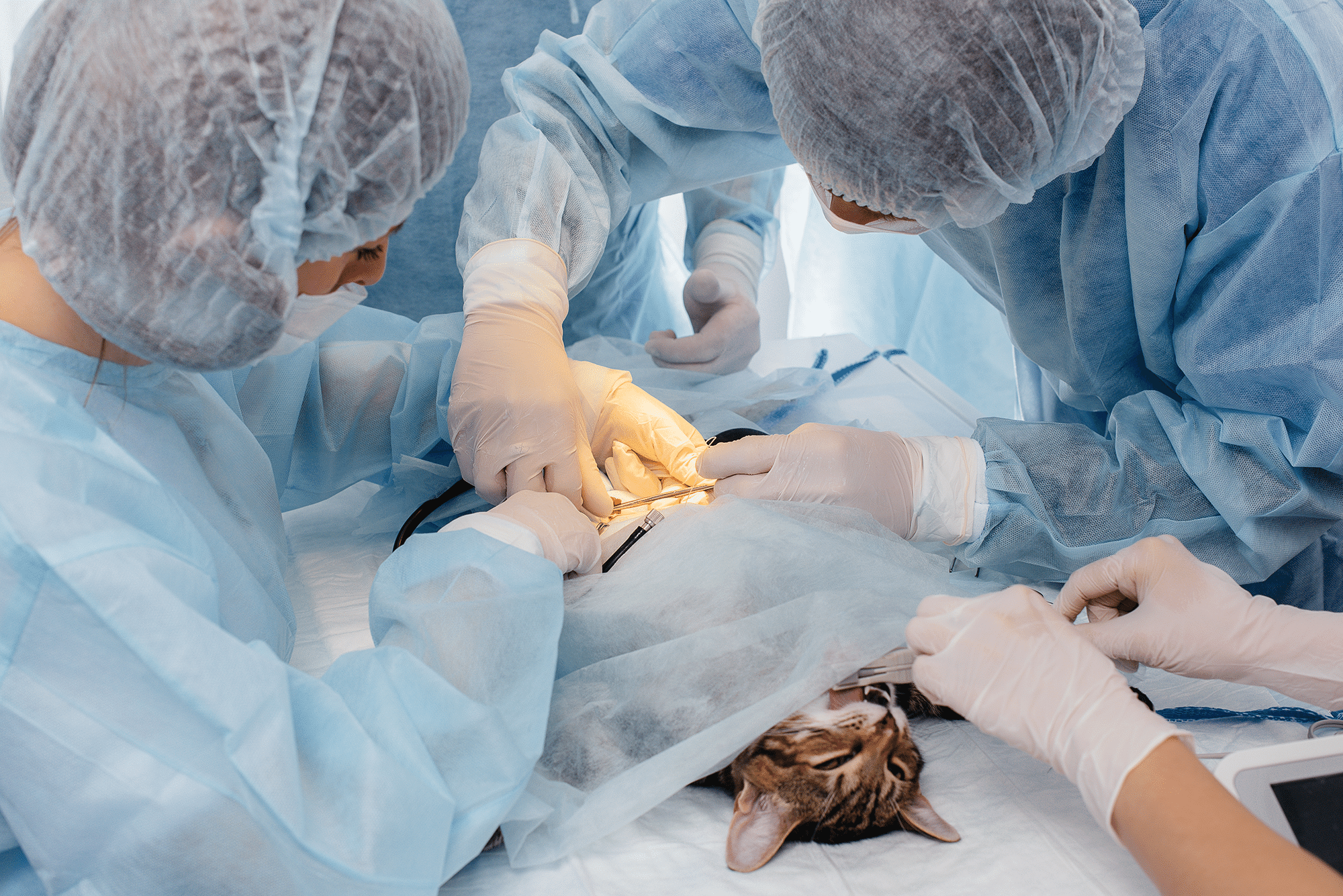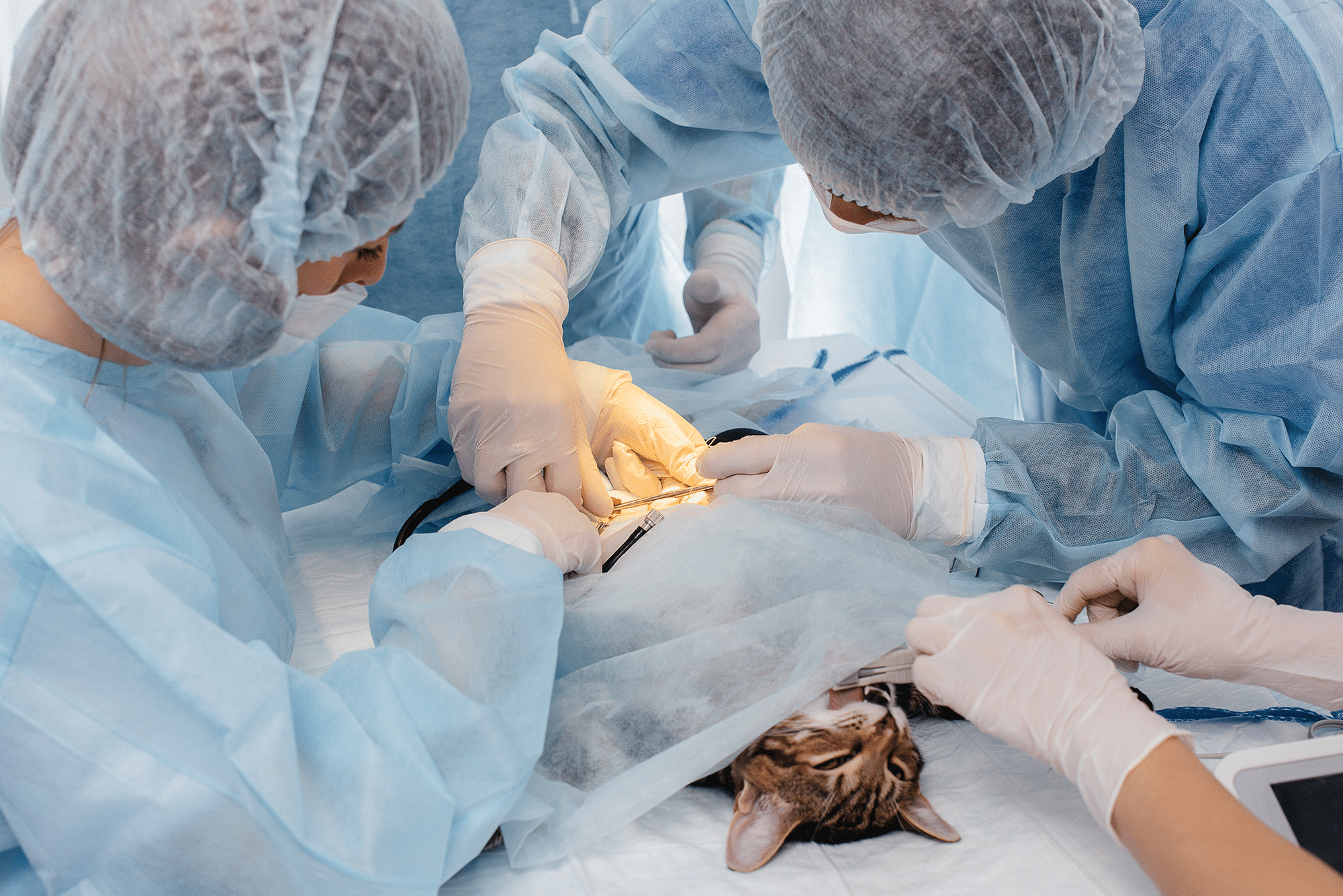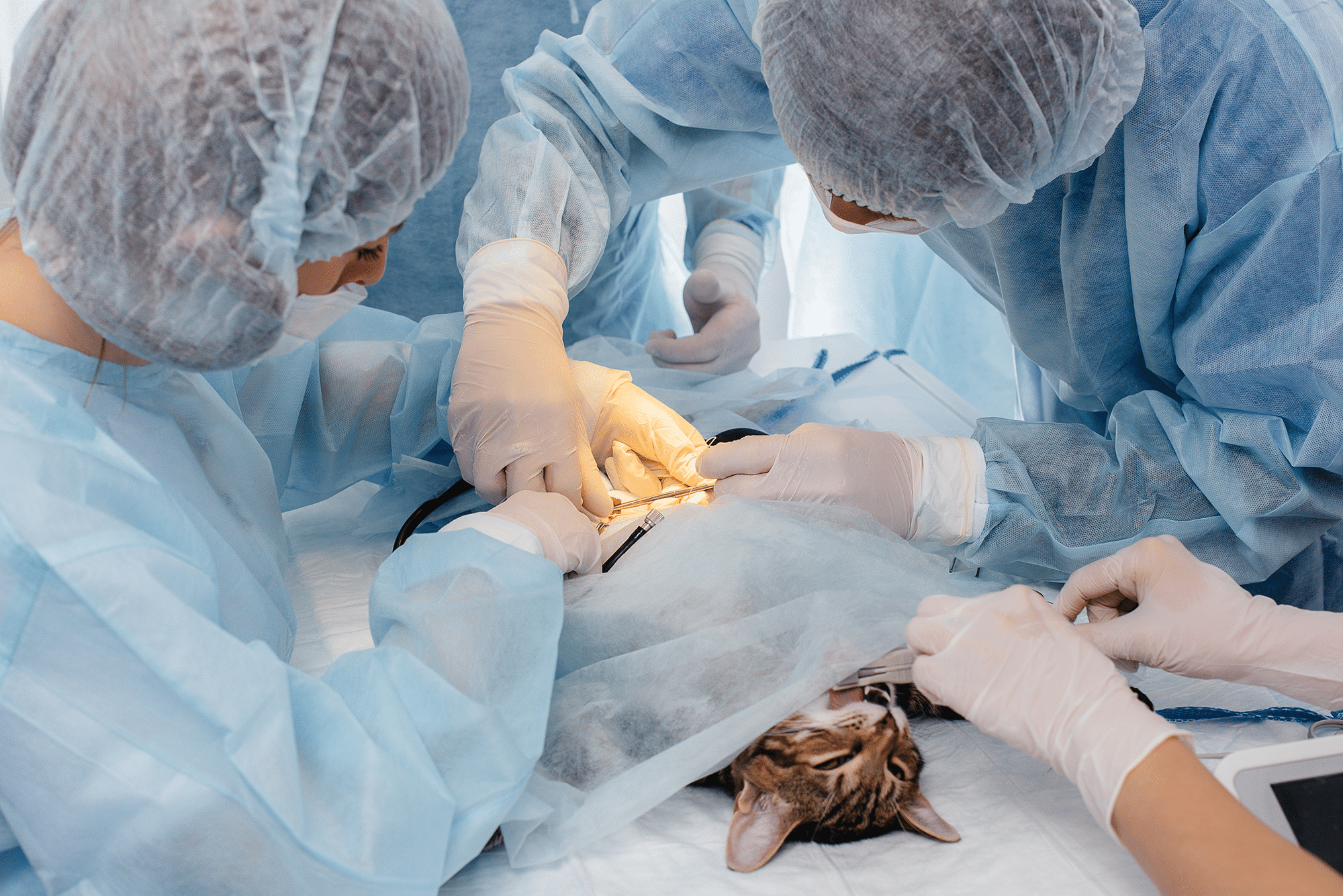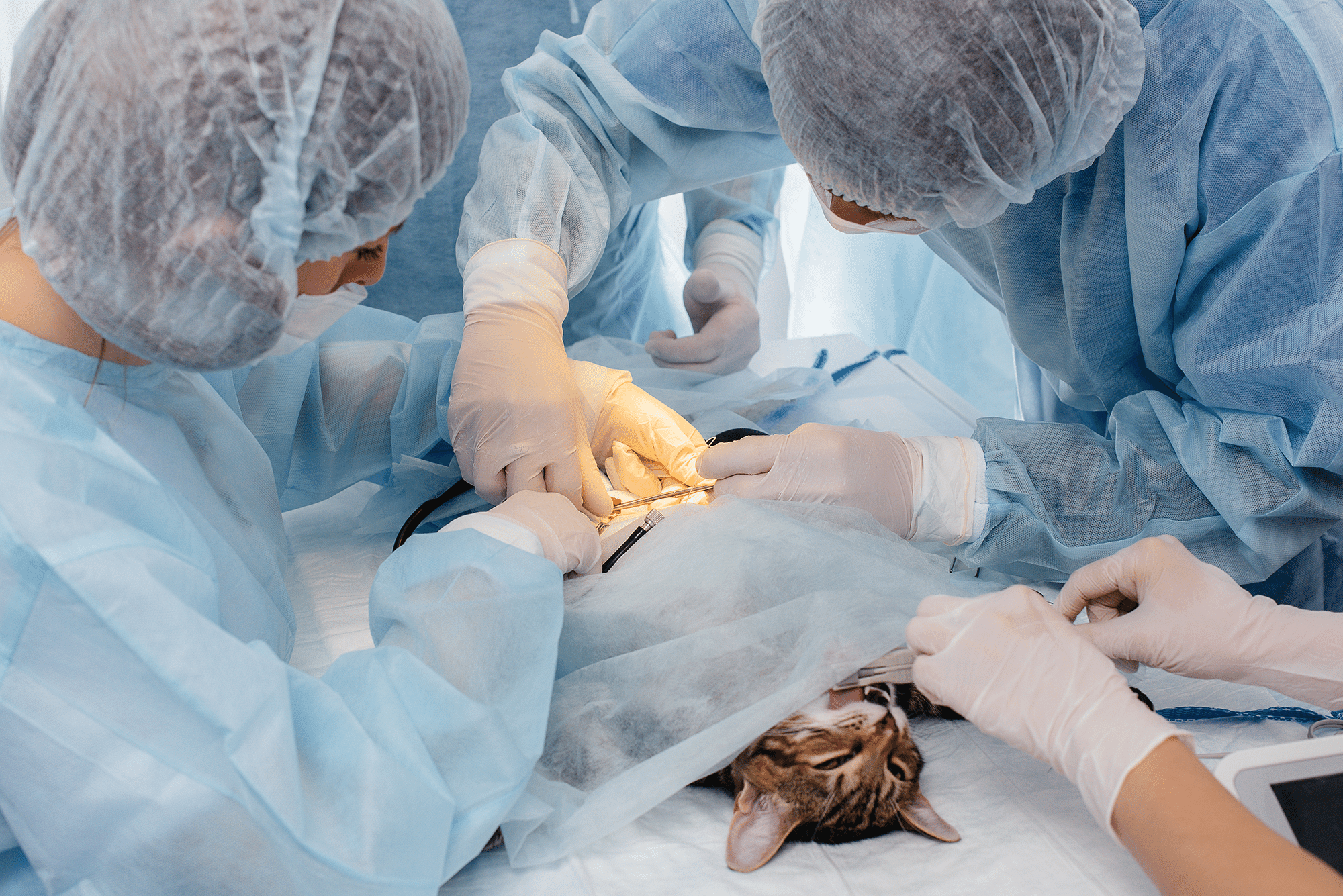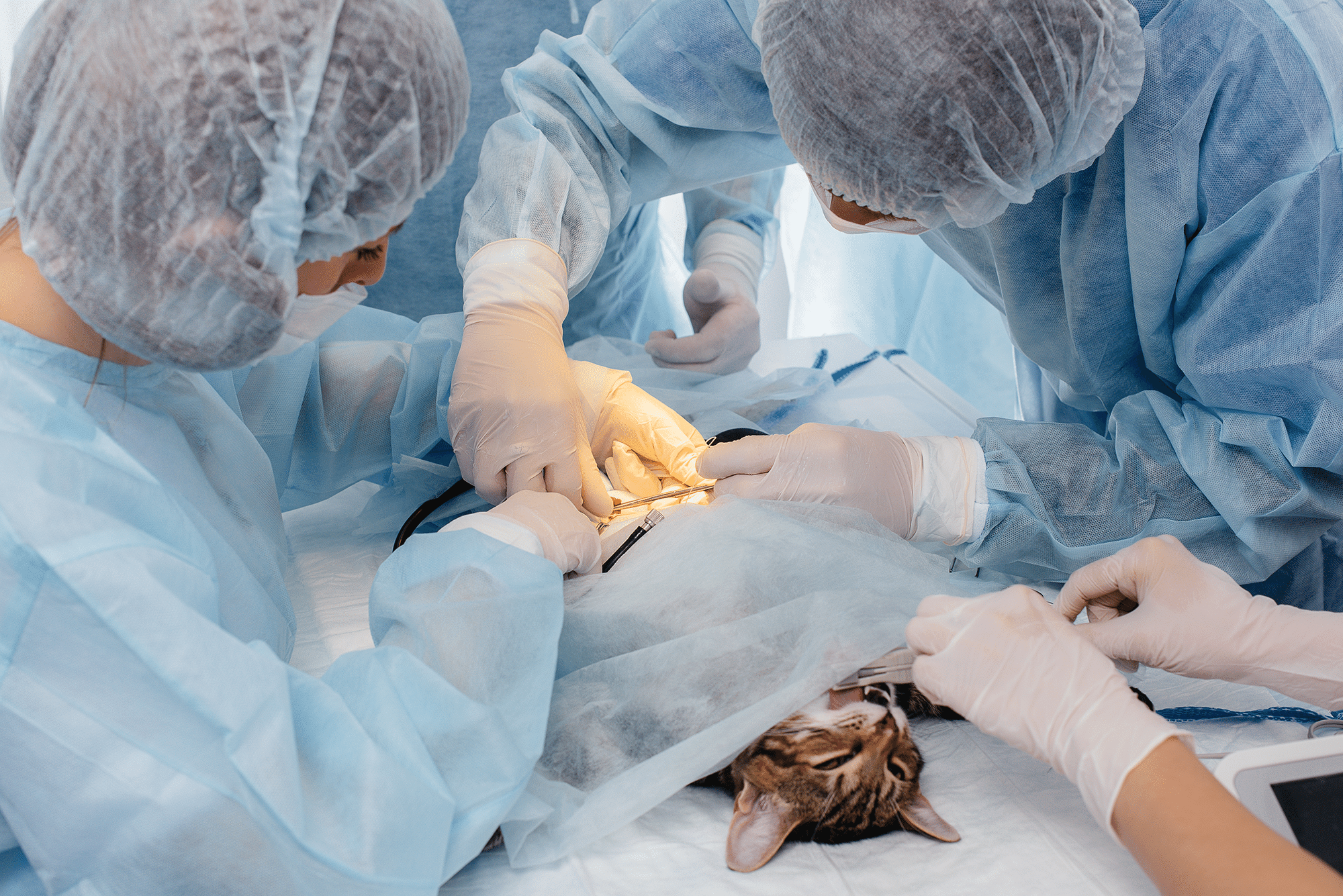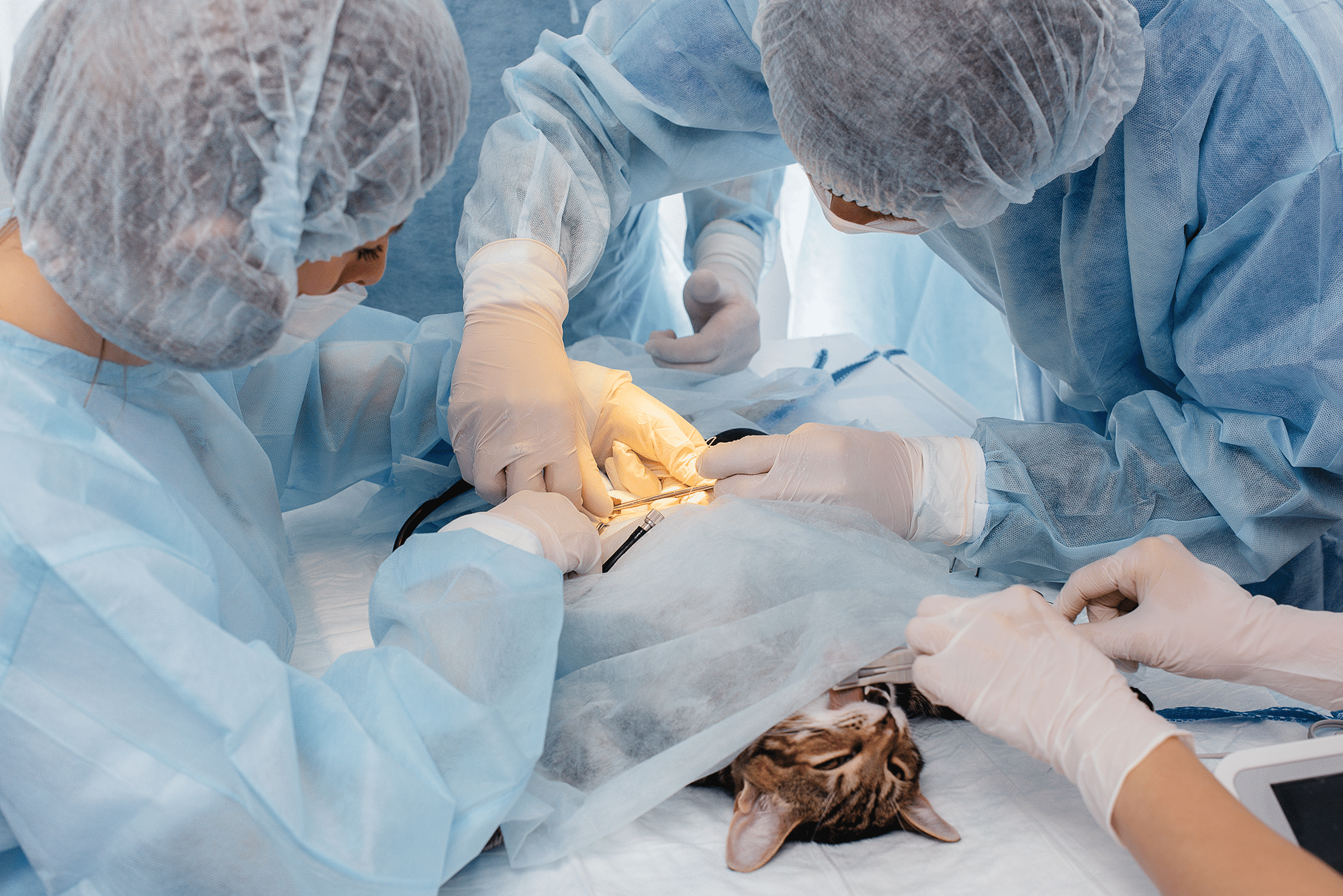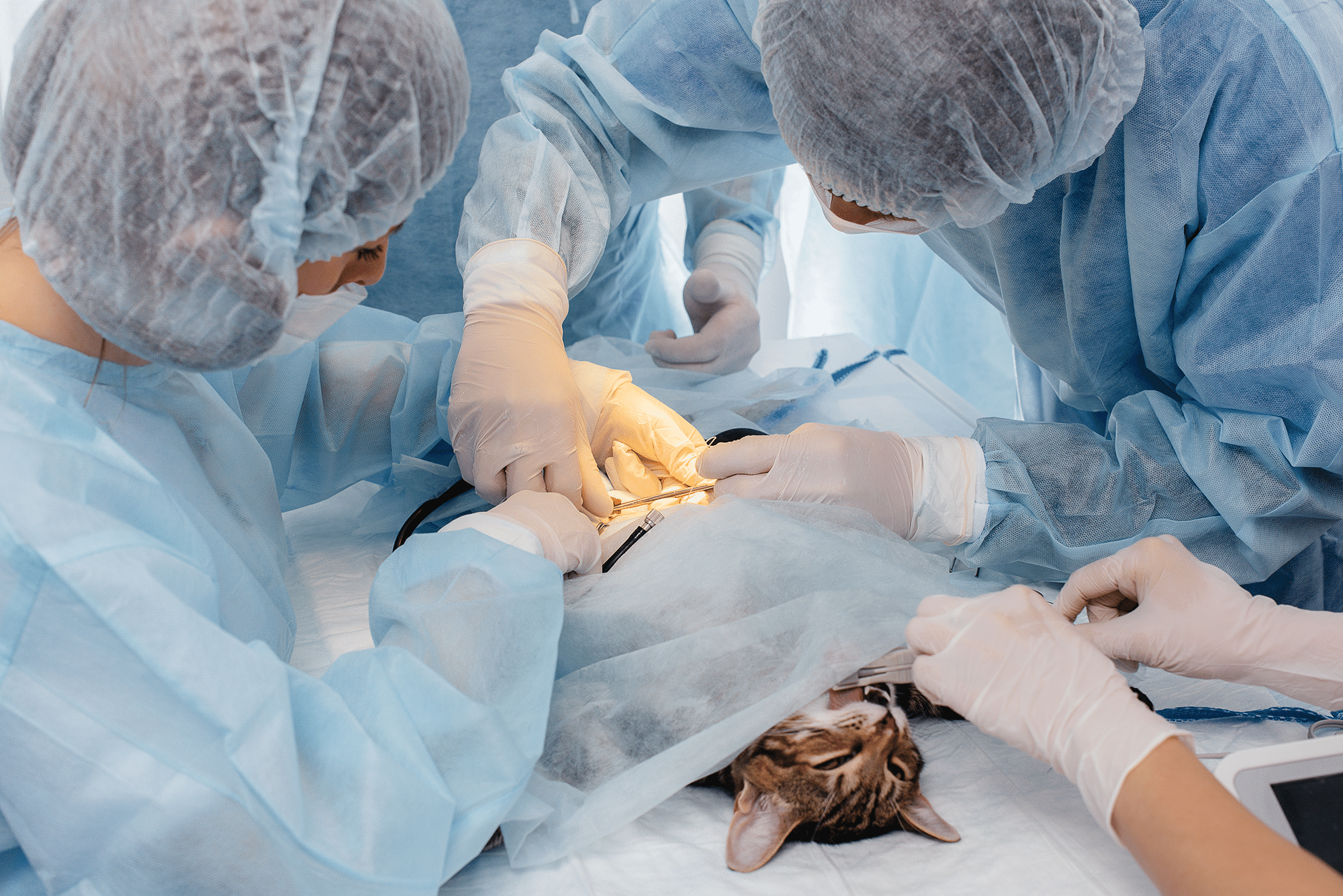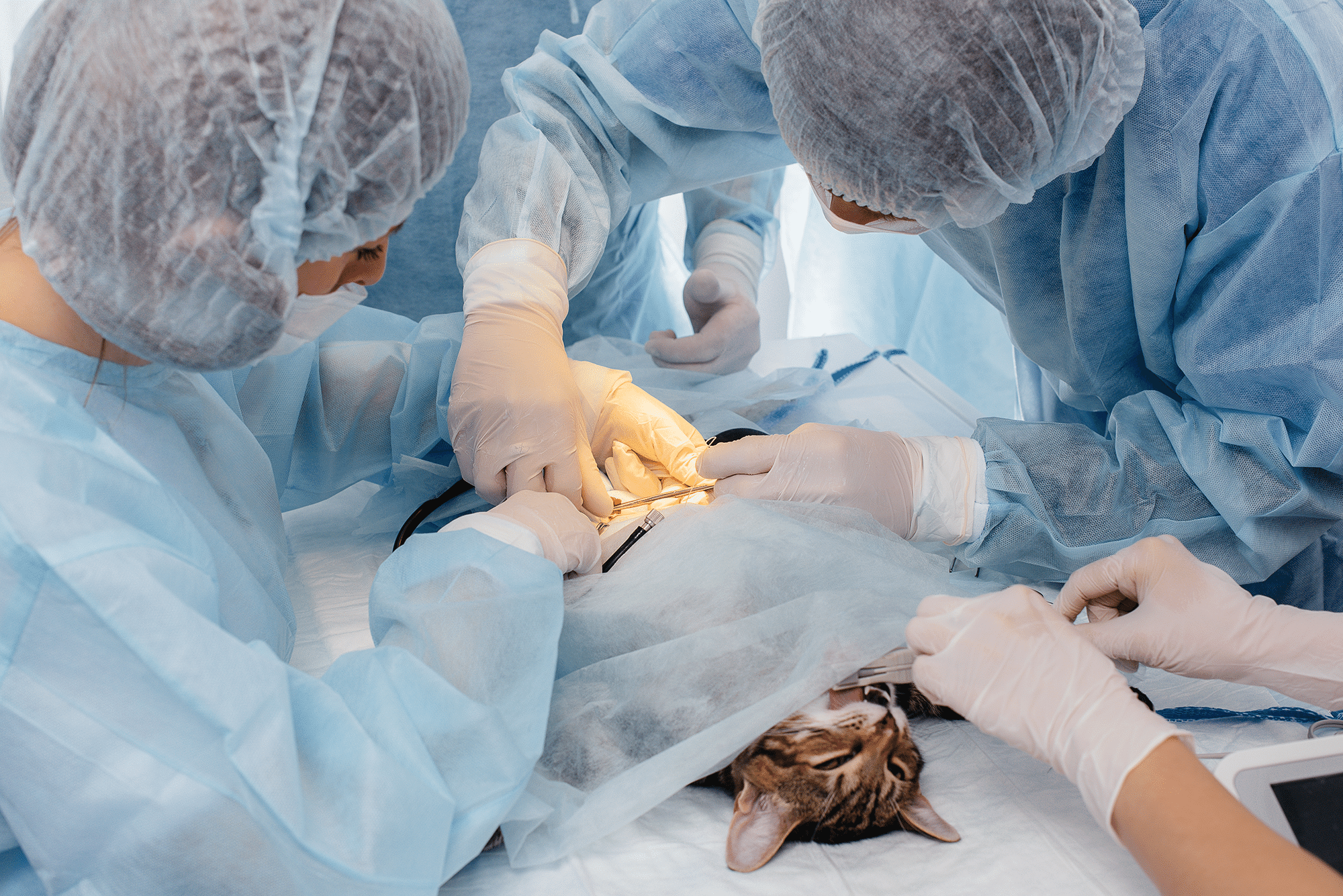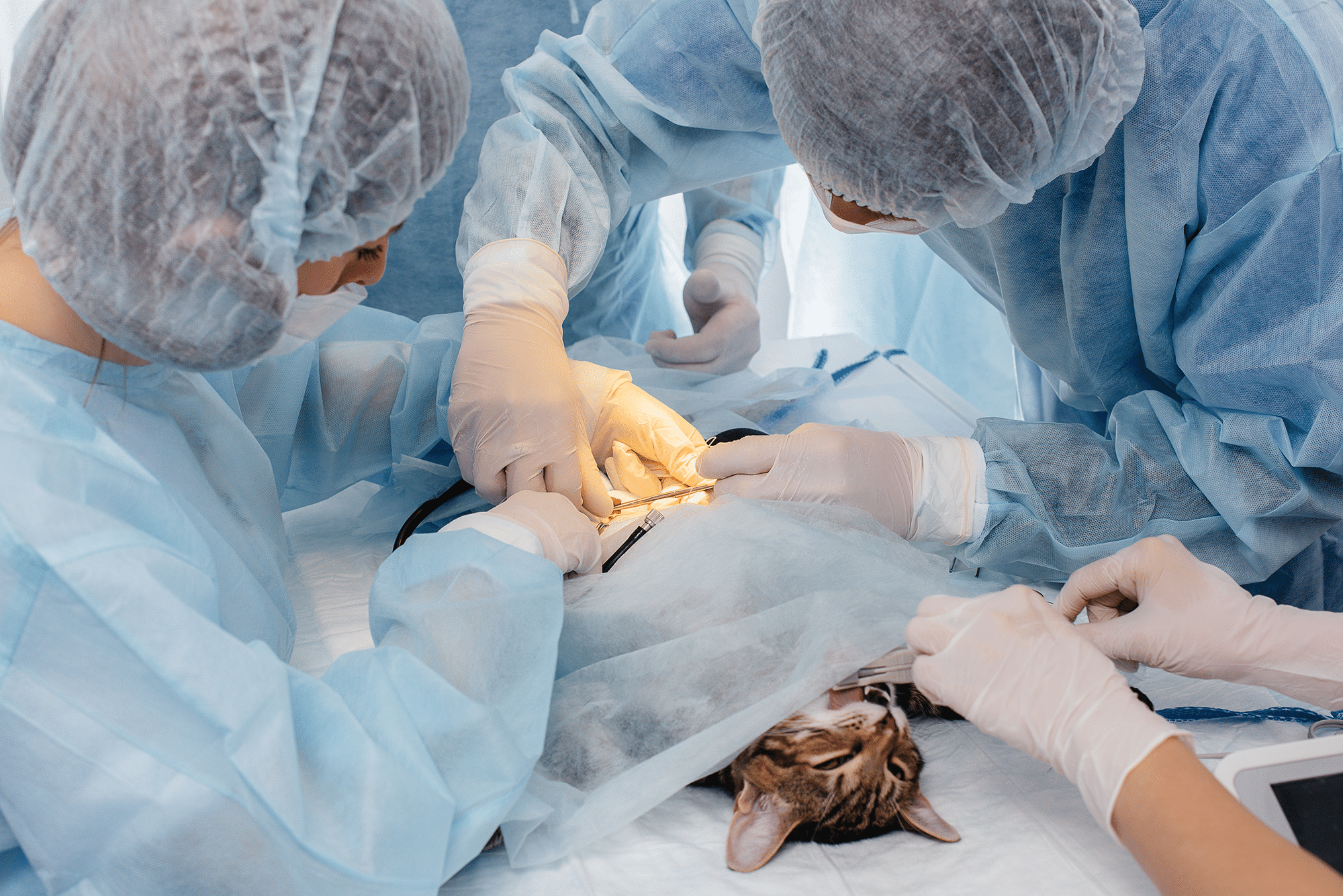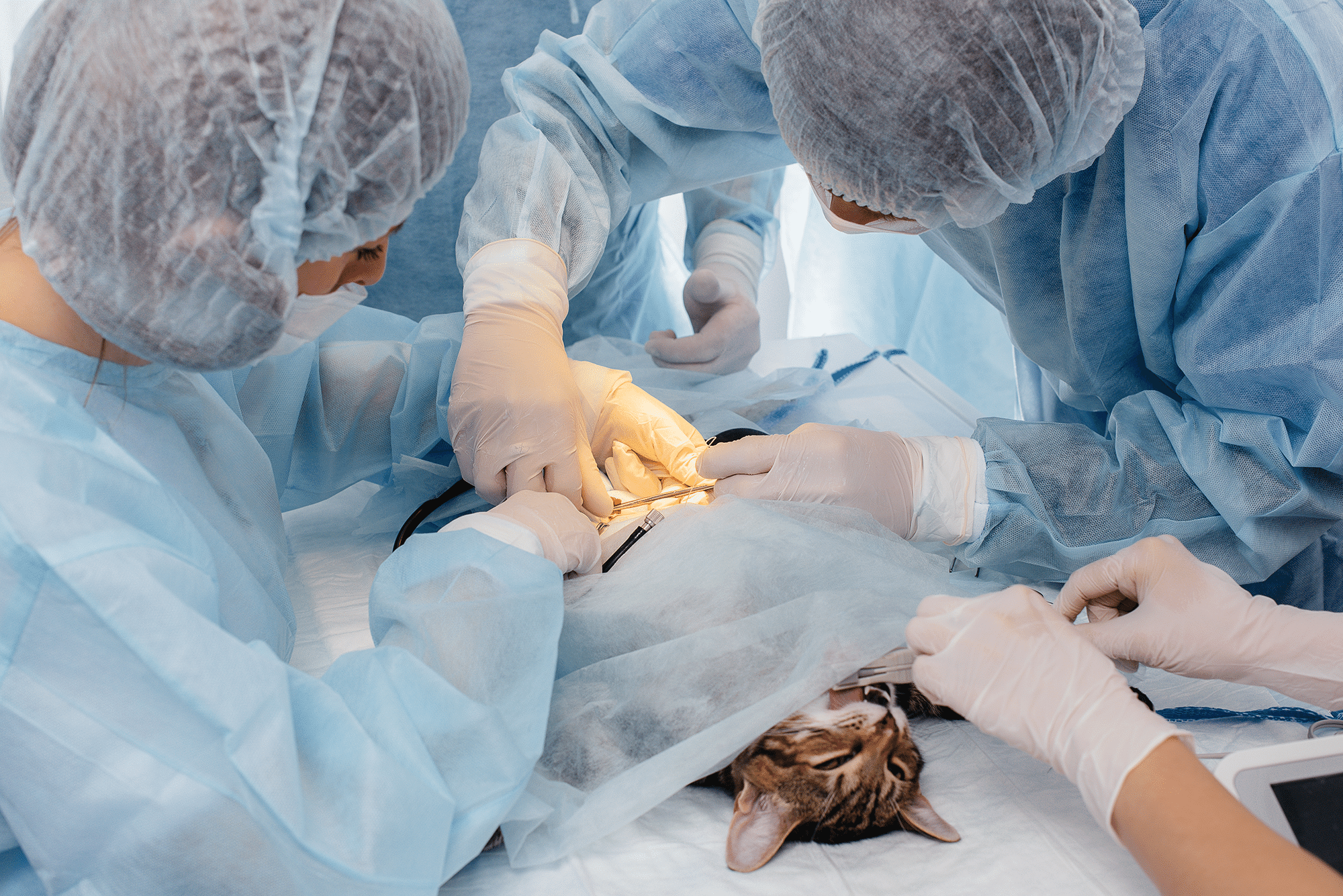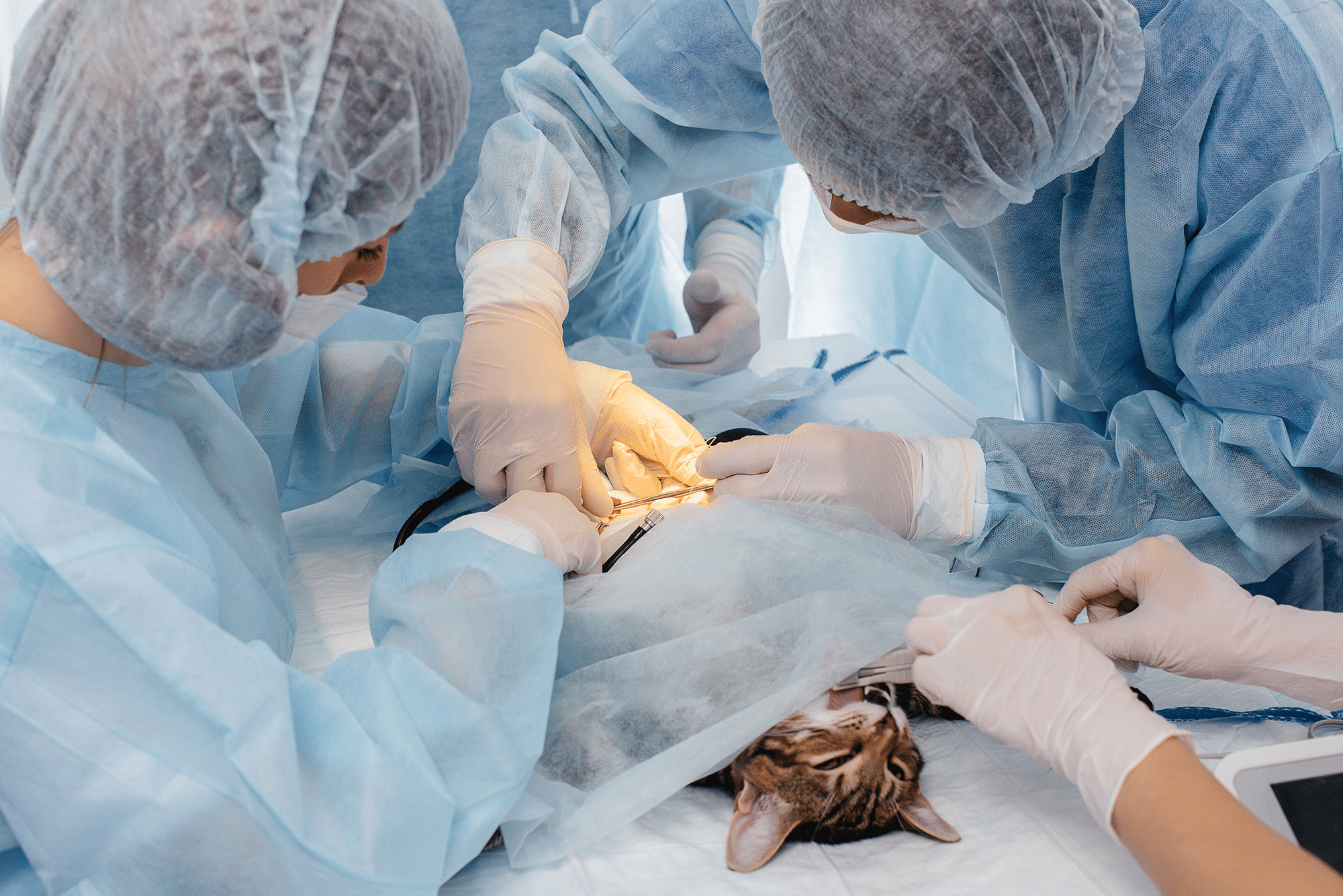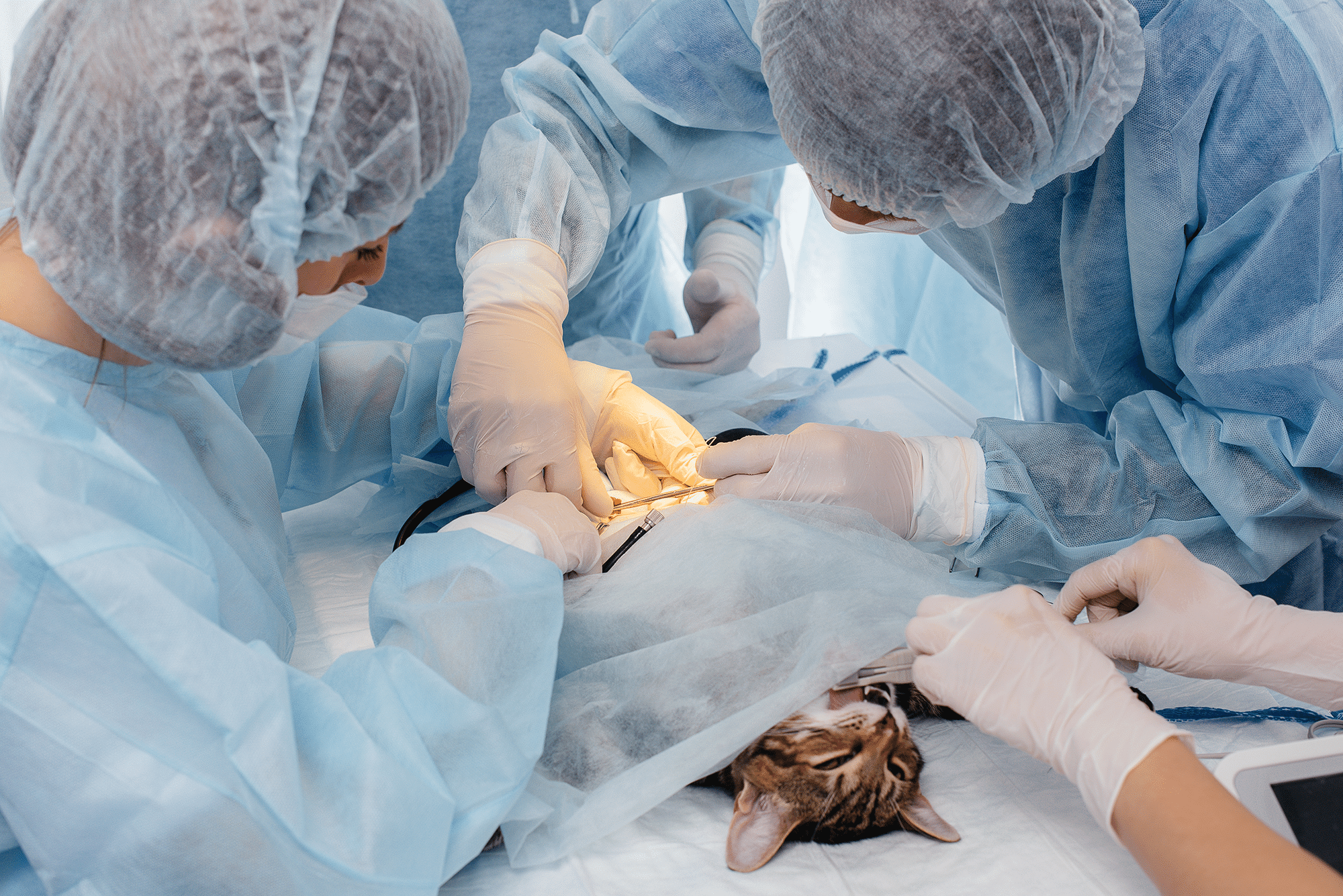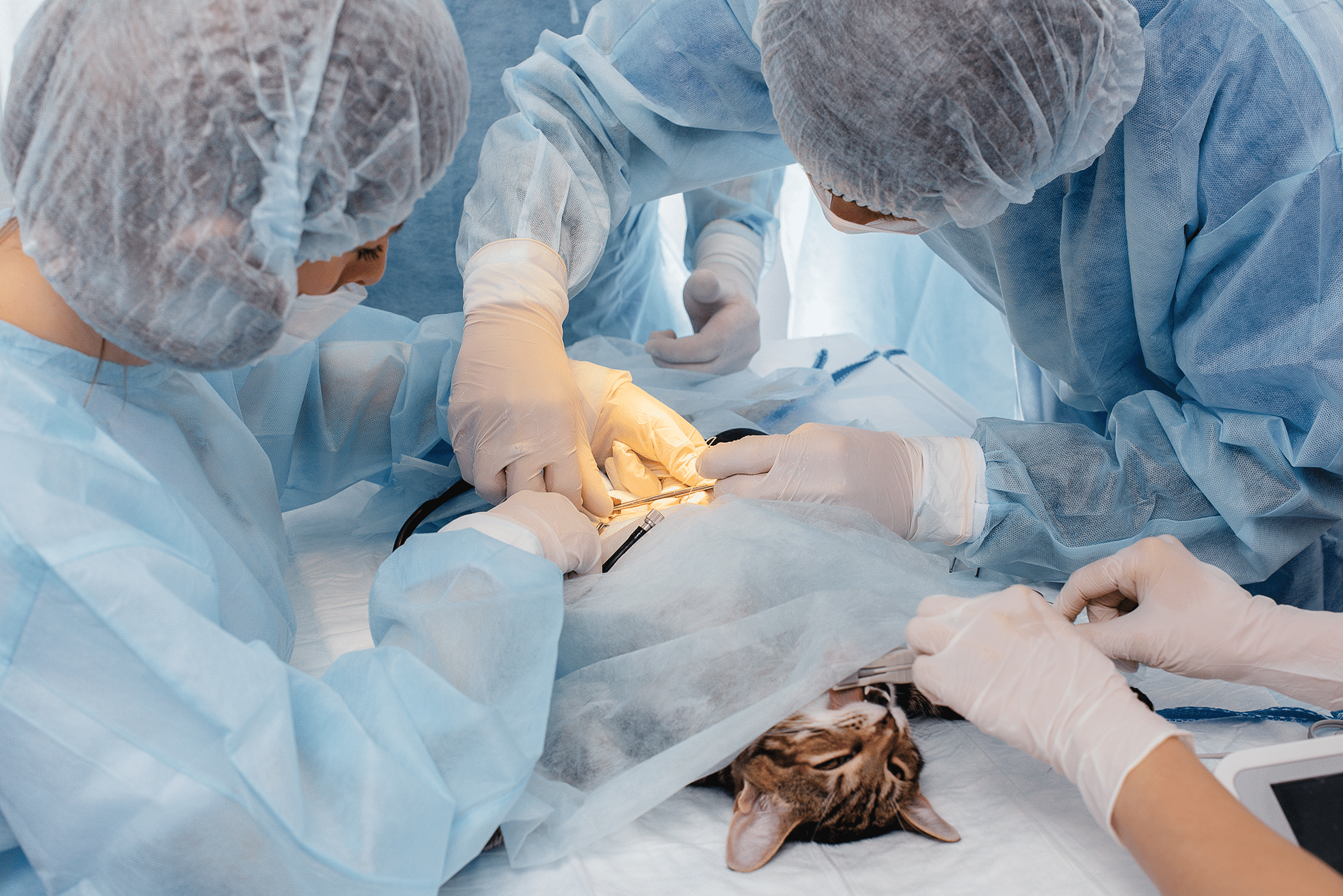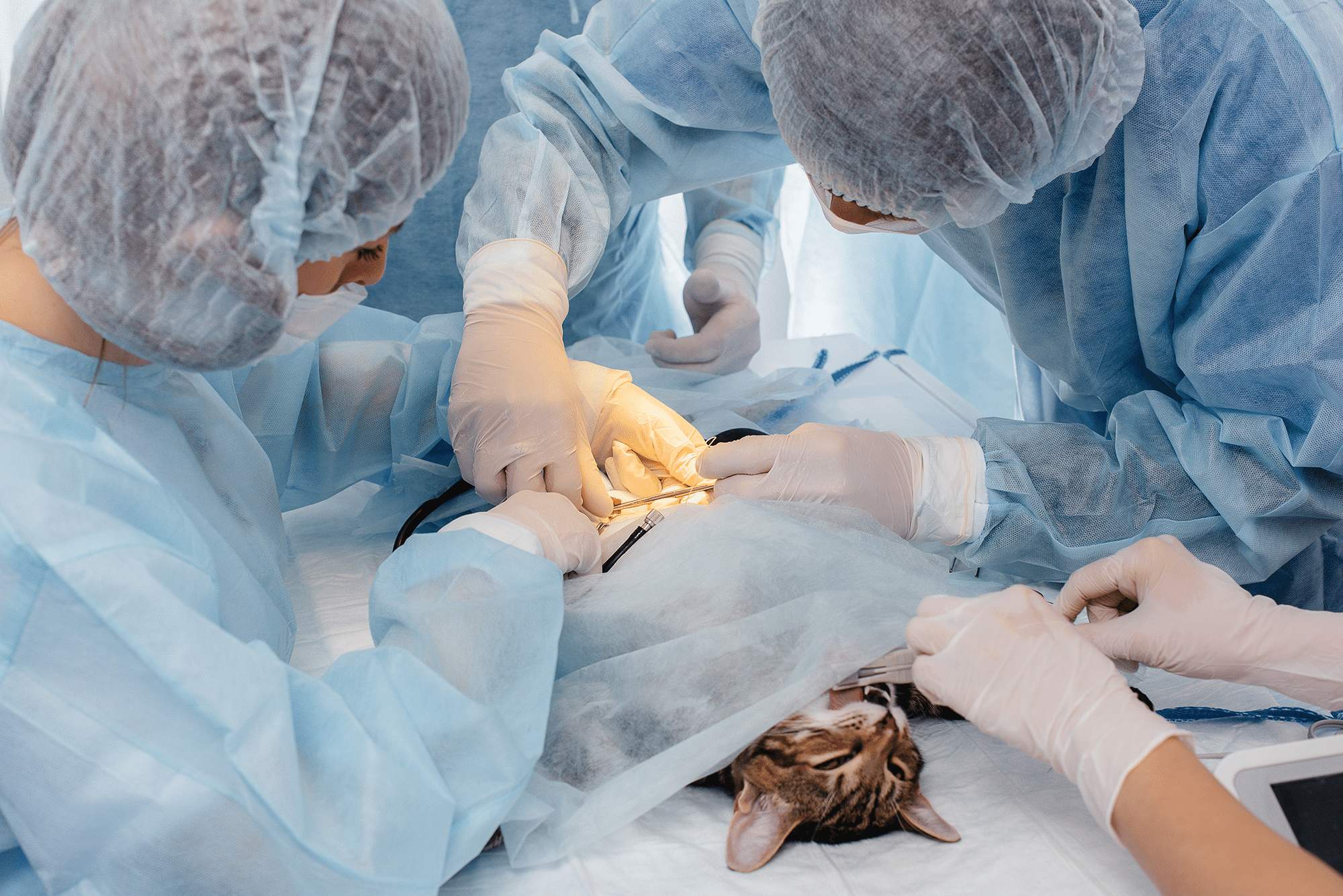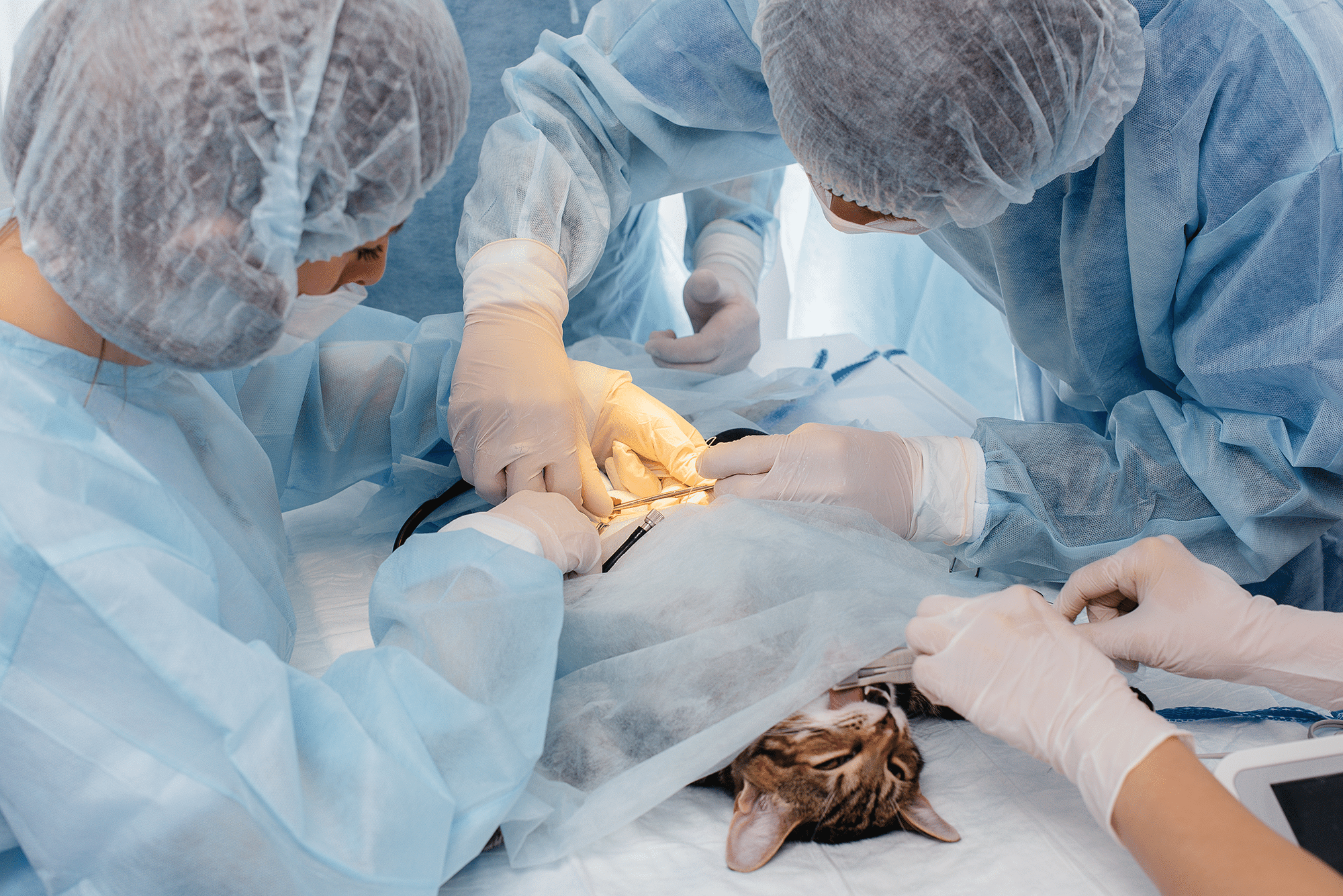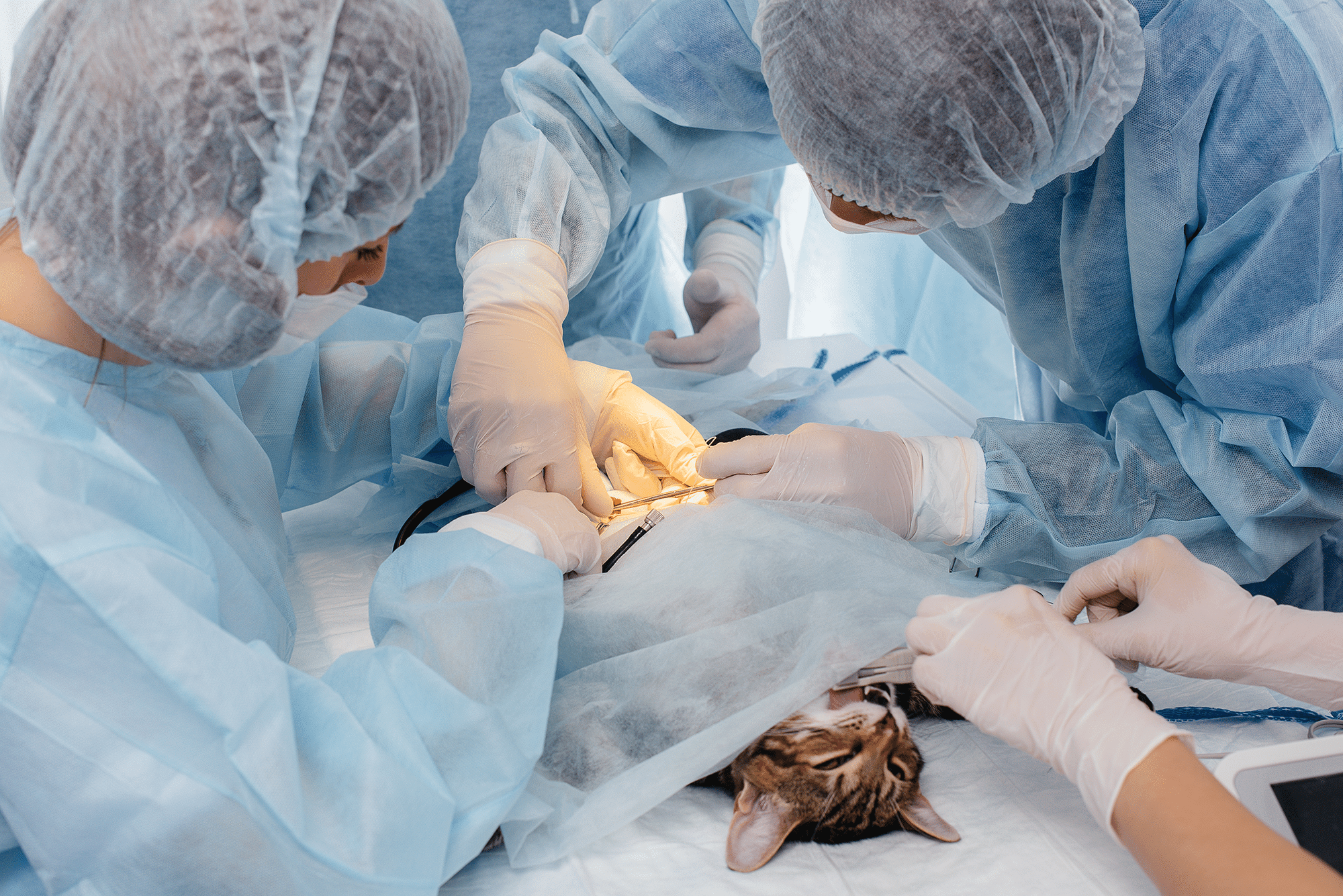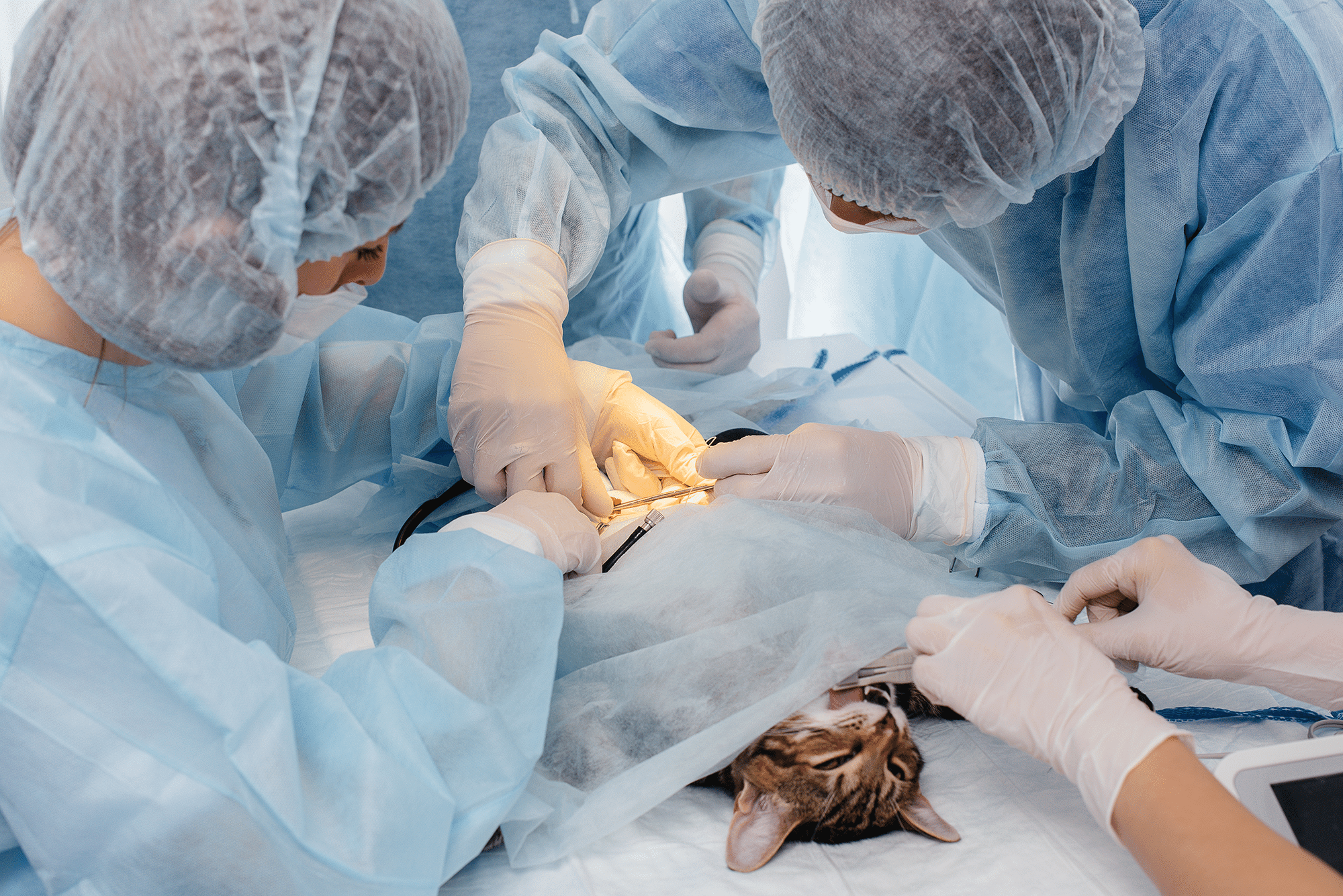Veterinary practices face unique risks when handling, storing, and administering controlled drugs. From Schedule 2 opi…
Veterinary Surgery Professional Indemnity Insurance: Protecting Your Practice from Clinical Claims
Veterinary surgeries face unique professional risks that extend far beyond standard business insurance coverage. From surgical complications to misdiagnosis claims, veterinary professionals need specialized protection against professional negligence allegations. Professional Indemnity Insurance for veterinary surgeries provides essential coverage for the complex liability exposures inherent in animal healthcare practice.
Understanding Veterinary Professional Indemnity Insurance
Professional Indemnity Insurance for veterinary surgeries protects against claims arising from professional services, advice, or treatment provided to clients and their animals. This specialized coverage addresses the unique risks veterinary professionals face, including clinical negligence, treatment errors, diagnostic mistakes, and failure to provide appropriate care standards.
Unlike general liability insurance that covers physical accidents, Professional Indemnity Insurance specifically protects against allegations of professional misconduct, negligent advice, or substandard treatment that results in financial loss, injury, or death to animals under your care.
Key Coverage Areas for Veterinary Surgeries
Clinical Negligence Claims
Coverage for allegations of substandard medical care, including surgical errors, anesthetic complications, medication mistakes, and treatment failures. This includes claims where animals suffer injury, illness, or death allegedly due to negligent veterinary care.
Misdiagnosis and Delayed Diagnosis
Protection against claims arising from incorrect or delayed diagnosis that results in unnecessary suffering, treatment costs, or animal death. This coverage is crucial given the complexity of veterinary diagnosis and the emotional attachment clients have to their animals.
Surgical Complications
Specific coverage for claims related to surgical procedures, including allegations of surgical errors, post-operative complications, anesthetic reactions, and failure to obtain proper informed consent for procedures.
Prescription and Medication Errors
Coverage for claims arising from incorrect prescriptions, drug interactions, dosage errors, or adverse reactions to prescribed medications. This includes both prescription mistakes and failure to warn about potential side effects.
Failure to Refer
Protection against claims that you should have referred a case to a specialist veterinarian or emergency clinic. This coverage addresses situations where general practitioners are alleged to have attempted treatment beyond their expertise level.
Breach of Professional Duty
Coverage for allegations of failing to meet professional standards expected of veterinary practitioners, including inadequate record keeping, failure to follow up on treatment, or not providing appropriate aftercare instructions.
Why Veterinary Surgeries Need Professional Indemnity Insurance
High-Value Claims Potential
Veterinary malpractice claims can involve significant financial exposure, particularly for valuable breeding animals, competition horses, or exotic pets. A single claim involving a prize-winning animal could result in damages exceeding hundreds of thousands of pounds.
Emotional Attachment Factor
Pet owners often view their animals as family members, leading to emotionally charged situations when treatment doesn't go as expected. This emotional element can escalate minor issues into significant legal claims, even when veterinary care meets professional standards.
Complex Treatment Decisions
Veterinary medicine involves complex diagnostic and treatment decisions often made with limited information and under time pressure. The inherent uncertainty in veterinary practice creates ongoing exposure to professional negligence allegations.
Regulatory Compliance Requirements
The Royal College of Veterinary Surgeons (RCVS) requires veterinary professionals to maintain appropriate professional indemnity coverage. Failure to maintain adequate insurance can result in disciplinary action and potential removal from the veterinary register.
Specialist Risks by Practice Type
Small Animal Practices
Face high claim frequency due to volume of cases and emotional attachment of pet owners. Common claims include surgical complications, vaccination reactions, and euthanasia disputes.
Large Animal and Farm Practices
Deal with high-value animals where single claims can be substantial. Risks include breeding failures, production losses, and herd health management issues.
Equine Practices
Face the highest value claims due to expensive horses and complex procedures. Pre-purchase examinations, lameness diagnosis, and surgical procedures present significant liability exposure.
Emergency and Referral Practices
Handle the most complex cases with higher inherent risks. Critical care decisions made under pressure create increased exposure to professional negligence claims.
Exotic and Zoo Animal Practices
Deal with unique species where treatment protocols may be less established, creating additional professional liability exposure for specialized veterinary care.
Common Claim Scenarios in Veterinary Practice
Anesthetic Deaths
Claims arising from animals dying under anesthesia, particularly when owners believe the procedure was routine or low-risk. These claims often involve allegations of inadequate pre-anesthetic assessment or monitoring.
Post-Surgical Complications
Claims related to infections, wound breakdown, or other complications following surgery. Owners may allege inadequate surgical technique, poor aftercare instructions, or failure to recognize complications early.
Vaccination Reactions
Claims arising from adverse reactions to routine vaccinations, including allergic reactions, injection site sarcomas, or vaccine-associated diseases.
Euthanasia Disputes
Claims involving allegations that euthanasia was performed without proper consent, prematurely, or that alternative treatments should have been attempted.
Breeding and Reproductive Issues
Claims related to fertility problems, pregnancy complications, or genetic issues in breeding animals, often involving allegations of inadequate examination or advice.
Emergency Treatment Decisions
Claims arising from treatment decisions made during emergency situations, particularly when owners later question whether different treatment approaches should have been attempted.
Policy Features and Coverage Limits
Indemnity Limits
Professional Indemnity policies for veterinary surgeries typically offer coverage limits ranging from £1 million to £10 million per claim and in the aggregate. Higher limits are recommended for practices dealing with valuable animals or complex procedures.
Retroactive Coverage
Many policies include retroactive coverage for claims arising from services provided before the policy inception date, provided continuous coverage is maintained. This protection is crucial when changing insurers.
Legal Defense Costs
Coverage includes legal defense costs, expert witness fees, and court expenses, which can be substantial even for unsuccessful claims. These costs are typically covered in addition to the policy limit.
Regulatory Defense
Protection against costs associated with defending regulatory investigations or disciplinary proceedings by the RCVS or other professional bodies.
Loss of Documents Coverage
Protection against costs associated with recreating lost or damaged client records, which can be crucial for defending professional negligence claims.
Factors Affecting Premium Costs
Practice Specialization
Specialist practices typically face higher premiums due to increased complexity and higher claim values. Emergency and referral practices generally pay the highest premiums.
Claims History
Previous claims significantly impact premium costs. Practices with clean claims records benefit from lower premiums and better policy terms.
Coverage Limits
Higher indemnity limits result in increased premiums. Practices must balance adequate protection against premium costs when selecting coverage limits.
Risk Management Measures
Insurers often offer premium discounts for practices implementing comprehensive risk management programs, including continuing education, clinical protocols, and quality assurance measures.
Geographic Location
Premium costs can vary by location, with urban practices often facing higher premiums due to increased claim frequency and higher legal costs.
Choosing the Right Professional Indemnity Insurance
Assess Your Risk Profile
Consider your practice type, case complexity, client base, and potential claim values when determining appropriate coverage levels. Specialist practices require higher limits than general practices.
Review Policy Exclusions
Understand what's excluded from coverage, including specific procedures, experimental treatments, or business activities not covered under professional indemnity policies.
Consider Aggregate vs. Per Claim Limits
Understand whether your policy limit applies per claim or in aggregate for all claims during the policy period. Per claim limits provide better protection for practices facing multiple claims.
Evaluate Insurer Experience
Choose insurers with specific experience in veterinary professional indemnity insurance who understand the unique risks and challenges facing veterinary practices.
Review Claims Handling Process
Understand how claims are handled, including whether you can choose your own legal representation and how settlement decisions are made.
Risk Management Best Practices
Comprehensive Record Keeping
Maintain detailed, contemporaneous records of all examinations, treatments, and client communications. Good records are your best defense against professional negligence claims.
Informed Consent Procedures
Implement robust informed consent processes for all procedures, ensuring clients understand risks, alternatives, and potential complications before treatment begins.
Clear Communication Protocols
Establish clear communication procedures with clients, including treatment plans, prognosis discussions, and follow-up care instructions. Document all significant conversations.
Continuing Professional Development
Maintain current knowledge through ongoing education and training. Stay updated on best practices, new treatments, and industry standards.
Clinical Protocols and Guidelines
Develop and follow standardized clinical protocols for common procedures and conditions. Regular protocol reviews help ensure best practice compliance.
Client Expectation Management
Set realistic expectations with clients about treatment outcomes, recovery times, and potential complications. Clear communication prevents many disputes from escalating to claims.
Professional Indemnity Insurance Claims Process
Immediate Notification
Notify your insurer immediately upon becoming aware of any potential claim or circumstance that could lead to a claim. Delayed notification can jeopardize coverage.
Documentation Preservation
Preserve all relevant documentation, including clinical records, correspondence, and witness statements. Do not alter or destroy any documents once a claim is notified.
Legal Representation
Your insurer will typically appoint legal representation experienced in veterinary malpractice defense. Cooperate fully with appointed counsel while maintaining client confidentiality.
Expert Witness Support
Professional Indemnity policies typically cover expert witness costs for defending claims. Veterinary experts can provide crucial testimony about standard of care issues.
Settlement Considerations
Insurers handle settlement negotiations, but veterinary professionals should understand their rights regarding settlement decisions and potential impact on professional reputation.
Regulatory Considerations
RCVS Requirements
The Royal College of Veterinary Surgeons requires veterinary professionals to maintain adequate professional indemnity insurance as a condition of registration. Minimum coverage requirements must be met.
Continuing Coverage Obligations
Maintain continuous coverage even after retirement or career changes, as claims can arise years after treatment was provided. Run-off coverage may be necessary.
Professional Standards Compliance
Professional Indemnity Insurance works alongside, not instead of, maintaining high professional standards and following RCVS guidance on veterinary practice.
Disclosure Requirements
Understand requirements for disclosing insurance coverage to clients and regulatory bodies. Some jurisdictions require disclosure of coverage limits.
The Cost of Going Without Coverage
Personal Financial Exposure
Without Professional Indemnity Insurance, veterinary professionals face unlimited personal liability for professional negligence claims, potentially resulting in personal bankruptcy.
Practice Closure Risk
Large claims can force practice closure if adequate insurance protection isn't in place. The financial impact extends beyond the veterinary professional to employees and clients.
Professional Registration Risk
Failure to maintain required insurance coverage can result in RCVS disciplinary action, including potential removal from the veterinary register and loss of right to practice.
Reputation Damage
Uninsured claims often receive more publicity and can cause lasting damage to professional reputation, affecting future career prospects and client relationships.
Conclusion
Professional Indemnity Insurance represents essential protection for veterinary surgeries against the inherent risks of providing professional veterinary services. The complex nature of veterinary medicine, combined with high client expectations and emotional attachments to animals, creates significant exposure to professional negligence claims.
Comprehensive Professional Indemnity coverage protects not only against financial losses but also provides access to expert legal defense and claims management services. For veterinary professionals, this insurance represents both regulatory compliance and prudent business protection.
The investment in appropriate Professional Indemnity Insurance coverage is minimal compared to the potential financial and professional consequences of facing uninsured claims. Every veterinary practice should carefully assess their professional liability exposure and ensure adequate protection through specialized Professional Indemnity Insurance designed for the unique risks of veterinary practice.


 0330 127 2333
0330 127 2333
